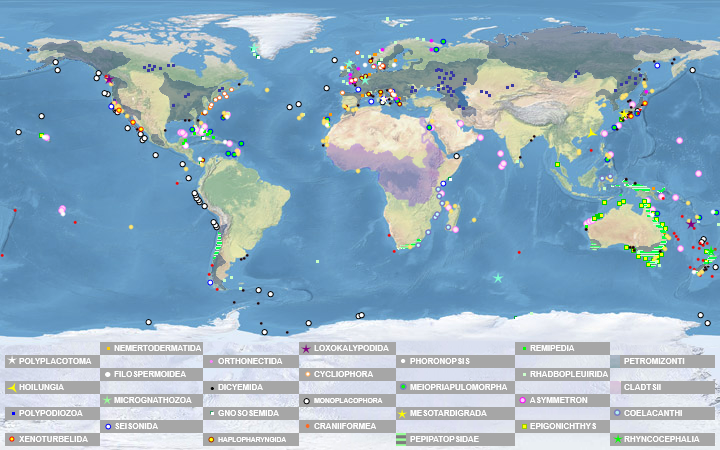The data below follows Birds of the World/South America, List of Bird Genera (Wikipedia), both on October 29, 2023 and, for data on nesting birds in Brazil, Pacheco et al. (Ornithology Research, 2021). Data for endemics, see Intresures/Global Rankings. National diversities: Colombia (SEE) and Mexico (SEE). Teretistridae (1/2, endemic to Cuba) is tentatively near Zeledoniidae (Wikipedia). Monarchidade and Acrocephalidae occur in Hawaii.
New World Passeriformes includes 21 families no breeding in Brazil: Laniidae (2/33, only two Lanius in New World, both breeding only in Canada and U.S.A.), Alaudidae (21/99, Old World, Eremophila alpestris in North America up to C Mexico, also in Colombia), Paridae (14/64, 13 genera in Old World, and one endemic to North America and Mexico; 2/12 spp. in Mexico), Remizidae (3/11, Old World, Auriparus flaviceps in U.S.A. to Mexico), Aegithalidae (4/13, Old World to W North America south up to Guatemala, Psaltriparus minimus in Mexico), Dulidae (1/1, Hispaniola), Bombycillidae (1/3, northern Hemisphere up to center China and California), Ptiliogonatidae (3/4, U.S.A. and Mexico to Panama), Cinclidae, Regulidae (1/6, North America to Guatemala, Eurasia, Regulus satrapa in Mexico), Sittidae (1/15, temperate Old World, 4 from Canada to Mexico, two in Mexico), Rhodinocichlidae, Certhiidae (2/10, Eurasia, Africa, North America to Nicaragua, one in Mexico), Peucedramidae (1/1, SW U.S.A. to Nicaragua), Icteriidae (1/1, Canada to Panama), Calcariidae (3/6, North America, two up to Eurasia), Calyptophilidae (1/2, Hispaniola), Zeledoniidae (1/1, Costa Rica and Panama), Nesospingidae (1/1, Porto Rico), Spindalidae (3/4, West Indies, Cozumel Is.) and Phaenicophilidae (1/4, Hispaniola).
U.S.A. includes Tyrannidae, Vireonidae, Corvidae, Laniidae (1/2 in New World), Alaudidae, Paridae, Remizidae, Aegithalidae, Hirundinidae, Bombycillidae, Ptiliogonatidae, Cinclidae, Regulidae, Sittidae, Certhidae, Turdidae, Mimidae, Polioptilidae, Trogloditydae, Peucedramidae, Icteriidae, Calcariidae, Spindalidae, Parulidae, Icteridae, Passerellidae, Fringillidae, Cardinalidae and Motacillidae. A single family of Tyranii occur in U.S.A., i.e., Tyrannidae.
Mexico leads againt Brazil in Vireonidae (spp./sp.end.), Corvidae (g/spp./sp.end.), Alaudidae, Paridae, Aegithilidae, Remizidae, Ptiliogonatidae, Cinclidae, Regulidae, Sittidae, Rhodinocichlidae, Peucedramidae, Icteriidae, Spindalidae (absent in Brazil), Hirundinidae (sp.end.), Turdidae (g/spp./sp.end.), Mimidae (g/spp./sp.end.), Polioptilidae (sp.end.), Troglodytidae (g/spp./sp.end.), Parulidae (g/spp./sp.end.) Passerellidae (g/spp./sp.end.), Fringillidae (g.), Cardinalidae (g/spp./sp.end.).
Brazil includes in Tyranni (12:242/)678 spp. (145 endemics), Colombia (12:235/)590 spp. (25 endemics) and Mexico (9:68/)108 spp. (4 endemics).
Overall, Brazil includes in Passeriformes (28:369/)1,015 spp. (196 endemics), Colombia (31:380/)1,034 spp. (45 endemics) and Mexico (36:206/)473 spp. (76 endemics).
Brazilian genera in bold.
TYRANNY/EURYLAIMIDES ‣ all families exclusives to Old World except one in tropical America, Sapayoidae, with a single species, Sapayoa aenigma Hartert, 1903, from Panama to Colombia.









